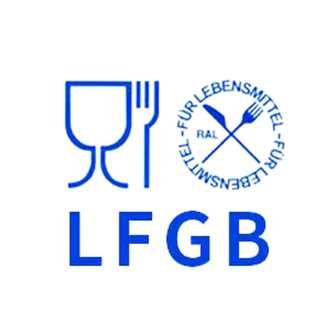In the world of manufacturing and product design, a brand’s identity is everything. That identity is often communicated through a simple, yet crucial element: the logo. For decades, methods like ink printing, labels, or mechanical engraving were the standard for applying these marks. Today, however, a more advanced, efficient, and superior technology has taken the lead: Laser Marking.

1. Unmatched Permanence and Durability
Unlike printed inks or adhesive labels that can fade, peel, or scratch off over time, a laser-marked logo is permanent. The laser beam interacts with the material’s surface, either by changing its color through annealing, creating deep engravings, or foaming polymers. This results in a mark that is integral to the material itself. It is resistant to abrasion, heat, chemicals, and UV exposure, ensuring your brand remains legible and pristine for the entire lifespan of the product.
2. Supreme Precision and Unrivaled Quality
The pinpoint accuracy of a laser beam allows for the reproduction of incredibly complex and detailed logos, including fine text, intricate graphics, and even barcodes or QR codes at microscopic levels. This high-resolution marking is consistent and repeatable, ensuring every single product leaving the production line bears an identical, flawless representation of your brand. There is no bleeding of ink or misalignment, guaranteeing a premium look that enhances product value.
3. Versatility Across Materials
One of the most significant strengths of laser technology is its remarkable versatility. While traditional methods are often material-specific, lasers can mark a vast array of substrates, including:
- Metals: Stainless steel, aluminum, titanium, gold, silver.
- Plastics: ABS, Polycarbonate, Delrin, and many more.
- Glass and Ceramics
- Wood, Leather, and Cardboard
This flexibility eliminates the need for multiple marking systems, streamlining the production process.
4. Eco-Friendly and Cost-Effective Operation
Laser marking is a clean and environmentally friendly process. It requires no inks, solvents, acids, or other consumables that are harmful to the environment. This not only reduces a company’s chemical waste and carbon footprint but also leads to significant long-term cost savings. There are no recurring expenses for supplies like ink cartridges, screens, or replacement bits, and very little maintenance is required beyond the initial investment in the machine.
5. Exceptional Speed and Efficiency
In modern manufacturing, speed is synonymous with profitability. Laser markers can create marks in a matter of seconds, seamlessly integrating into automated production lines. As a non-contact technology, there is no tool wear or physical pressure applied to the product, which eliminates the risk of damaging delicate items. This combination of speed, automation, and safety drastically increases throughput and overall operational efficiency.
Conclusion
Laser technology has moved far beyond a simple tool for engraving; it is a sophisticated branding solution that offers permanence, precision, and versatility that traditional methods cannot match. It provides a clean, efficient, and sustainable way to ensure a brand’s identity is not just applied, but is truly embedded into every product. In a competitive market where quality and detail are paramount, choosing laser marking is choosing to make an unmistakable—and lasting—impression.



